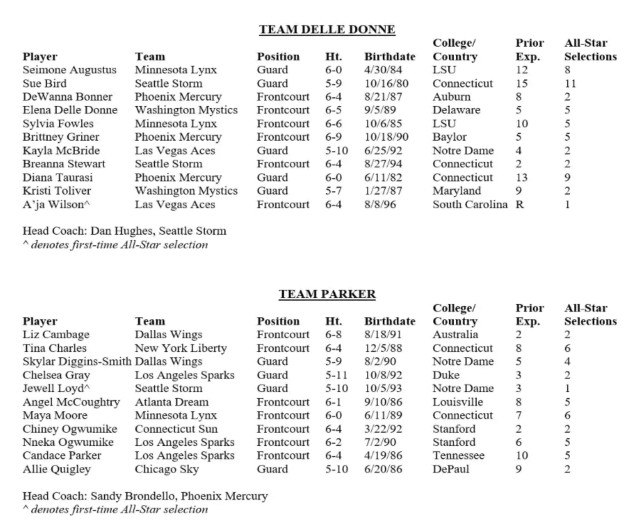An ever-evolving position, being a power forward today can mean a lot more than it did 10 or 20 years ago.
The name "power forward" comes from players at the four position being bruisers in the paint. Where the center position has balanced size and skill for many years, the PF spot traditionally meant a foul-prone post player that cleared out opposing players to hog rebounds and create driving lanes for others.
Today, that is no longer the case.
Players at the four spot can have a variety of skillsets and roles on a team. Today, stretch-fours that can shoot are as common if not more common than traditional post players.
You can be a stretch four or still carve out a role as a traditional, rebounding post player. Below we break out some current and former players at the highest level of the game for you to watch if you want to strive for either role.
Stretch-fours to watch
The concept of the stretch-four is not entirely new. Since at least the 90's there have been plenty of post players venturing out beyond the three point line. Many of them come from overseas as that has long been a staple of the European game. Likely the best power forward to do it is no exception.
Germany's Dirk Nowitzki is a stellar example of stretch-four. His use of his seven-foot frame allows him to shoot over the top of the defense from any distance. Though he is a fan of the three point shot, back-to-the-basket scoring ability has made him one of the most versatile scoring threats in basketball.
One of The Basketball Movement's personal favorites, Anthony Tolliver of the Minnesota Timberwolves is another excellent stretch-four example. The Springfield, MO native coupled his height with a shooting touch that has helped him on his way to a long and successful NBA career.
Kevin Love is a good example of a player that was rebounding and interior focused, but adjusted his game to expand his range. Playing alongside rim-attacker LeBron James meant more perimeter time for PF Love. It will be interesting to see how his game shapes up this season with LBJ now in Los Angeles.
Traditional power forwards
Many of the best examples of traditional power forwards have since retired from the professional game. Debateably the top PF to have played was Tim Duncan. "The Big Fundamental" could extend his range if the moment called for it, but he stayed within himself and did most of his damage with hookshots, offensive put-backs, and short-range barrages. His shot blocking and excellent footwork make him one of the most well-rounded players that you could study today.
Duncan's "replacement" in San Antonio, LaMarcus Aldridge is a solid scoring PF to watch as well. He has gradually expanded his range, but his knack for timely rebounding and interior scoring make him a bit of a throwback big. For a more defensive-minded traditional four, check some footage of Kevin Garnett. A capable scorer, KG made his biggest impact by being a ferocious defender.
Some imposing physical power forwards to watch in today's game are : Derrick Favors, Blake Griffin, and Taj Gibson. Some throwback guys are Charles Oakley and the ultimate rebounding power forward, Dennis Rodman.
Keep in mind as you strive to become or improve upon being a power forward, that shooting is becoming more and more important. The way the game is played today requires almost all players on the floor to shoot unless you have a center that can hold down the paint on his own (Dwight Howard in Orlando, Clint Capela in Houston, Deandre Jordan next year in Dallas).
You can still be a strong, rebounding-focused four, but do not neglect the softer skills of the game such as shooting and passing out of the post. For help, contact The Basketball Movement!









